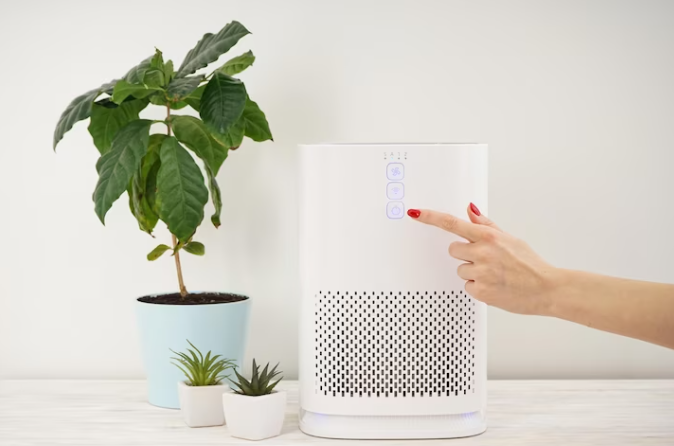
Introduction:
In the realm of literature, vintage books hold an unparalleled charm, encapsulating history, culture, and knowledge within their weathered pages. Preserving these treasures is not merely a task of conservation but a duty to safeguard our heritage for generations to come. However, the passage of time is not always kind to these delicate artifacts. Environmental factors such as air quality can pose significant threats to their longevity. This is where air purifiers step in as silent guardians, ensuring the preservation of vintage books for posterity.
Understanding the Threats:
Vintage books are often made of materials that are highly susceptible to environmental influences. The paper used in older books is typically acidic and prone to yellowing and deterioration when exposed to pollutants such as dust, mold spores, and volatile organic compounds (VOCs). Moreover, fluctuations in humidity and temperature can accelerate the degradation process, leading to the weakening of bindings and the growth of mold and mildew.
The Role of Air Purifiers:
Air purifiers are designed to improve indoor air quality by removing airborne pollutants and contaminants. While their primary function is to enhance human health by reducing allergens and pollutants, their benefits extend to the preservation of historical artifacts, including vintage books. By filtering out dust, mold spores, VOCs, and other harmful particles, air purifiers create an environment conducive to the long-term conservation of delicate materials.
Choosing the Right Air Purifier:
Not all air purifiers are created equal when it comes to preserving vintage books. Certain features and specifications are essential for effectively mitigating the specific threats faced by these precious artifacts:
HEPA Filtration:
High-Efficiency Particulate Air (HEPA) filters are indispensable for capturing fine particles, including dust, mold spores, and other airborne contaminants, with a high degree of efficiency. When selecting an air purifier for vintage book preservation, opt for models equipped with HEPA filters to ensure thorough purification.
Activated Carbon Filters:
VOCs emitted by various sources, such as adhesives, inks, and cleaning agents, pose a significant threat to the integrity of vintage books. Activated carbon filters are highly effective in adsorbing VOC molecules, preventing them from circulating in the air and causing harm to delicate paper and bindings.
Low Noise Levels:
While not directly related to preservation, noise levels can impact the usability of air purifiers in archival settings. Look for models with quiet operation to minimize disturbance in library or archival spaces.
Size and Coverage Area:
Consider the size of the room or storage area where the vintage books are housed to determine the appropriate size and coverage area of the air purifier. Proper air circulation is crucial for maintaining consistent air quality throughout the space.
Implementation in Archival Settings:
Integrating air purifiers into archival settings requires careful planning and consideration of specific requirements. Here are some practical steps for implementing air purification systems for vintage book preservation:
Assessment of Environmental Conditions:
Conduct a thorough assessment of the environmental conditions in the archival space, including temperature, humidity, and air quality parameters. Identify potential sources of pollutants and assess the level of risk to vintage books.
Placement of Air Purifiers:
Position air purifiers strategically to ensure optimal air circulation and coverage within the archival space. Place units away from direct sunlight and heat sources to prevent fluctuations in temperature and humidity.
Monitoring and Maintenance:
Regular monitoring of air quality parameters and maintenance of air purifier units are essential for ensuring their effectiveness in preserving vintage books. Replace filters as recommended by the manufacturer and conduct periodic inspections to detect any issues promptly.
Integration with Climate Control Systems:
Coordinate air purification efforts with existing climate control systems to achieve comprehensive environmental management in archival settings. Maintain stable temperature and humidity levels to minimize the risk of deterioration.
Conclusion:
Preserving vintage books is not only a matter of cultural heritage but also a testament to our commitment to knowledge and history. Air purifiers for home play a crucial role in safeguarding these invaluable artifacts by mitigating the adverse effects of environmental pollutants. By incorporating air purification systems into archival settings and adopting best practices for conservation, we can ensure that future generations continue to benefit from the wisdom contained within the pages of vintage books.


